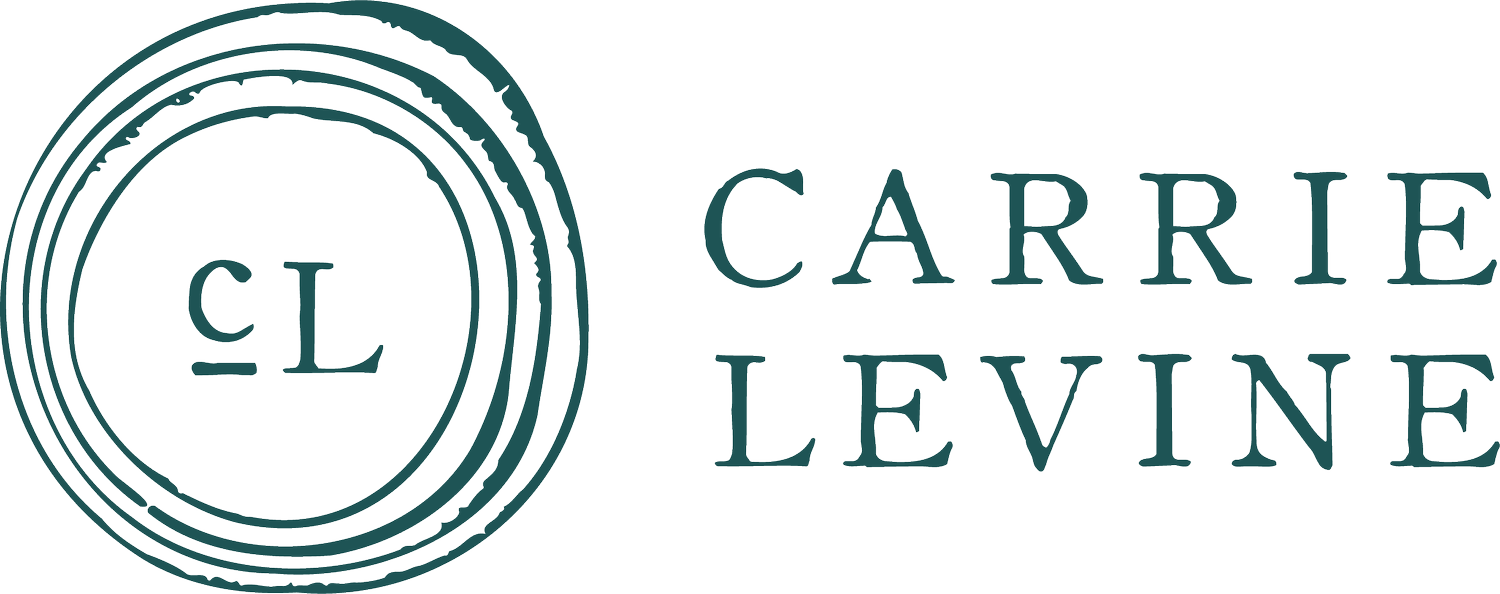Our Immune System: Innate & Acquired
One of the reasons I wanted to write a series on inflammation and immunity — beyond the fact that coronavirus has blanketed the globe — is to address the topic of autoimmune disease. Like many diseases and disorders, autoimmune-related conditions aren't acquired overnight. We see signs and symptoms in advance of full-blown debilitating manifestations such as Hashimoto's, psoriasis, and rheumatoid arthritis. In my clinical practice, I commonly encounter a spectrum, as well as varying levels of demoralization women are experiencing when no pharmacological interventions have helped them. I would like to extend my compassion and solutions beyond my clinic doors, to all women who are in this position, which is sometimes years in the making.
Toward that end, I'm going to describe what comprises a functioning, robust immune system, this week, setting up a post on autoimmunity for next week. Information is power, and it's important for women to carry an empowered voice into our current healthcare system, which is not always accessible or supportive of lengthy conversations in a clinician's office.
It's easy to imagine the body as far too simple, as you truck along inside it, each day...until things get a little complicated. Until something goes a little haywire. Twist an ankle, suffer a bite from the wrong sort of tick, find a patch of eczema on an elbow that looks bigger than it did the week before — any event that shifts you off the smooth path of good health and you begin to understand how truly remarkable and complex our bodies are. The longer these wayward conditions persist, the more elaborate the diagrams, in my mind, and the deeper our research runs into various systems and biochemical pathways. It takes my breath away, some days. How in the world are these bodies of ours functioning in such an elaborate way without our constant attention?
One such awe-inspiring process is the immune response. It's composed of two parts: the innate immune system (present and ready to go at birth) and the acquired immune system — or adaptive immune system — which creates what it needs as the body is exposed to threats. The cells in the innate system (called phagocytes) respond immediately, surrounding and killing invaders. The acquired immune system has B-cells, produced in bone marrow and associated with antibody production, and T-cells, produced in the thymus gland and responsible for cell-mediated immunity. B-cells produce antibodies that attack bacteria, viruses, and toxins. Antibodies are tailored for specific jobs, produced to remember what the enemy looks like in order to protect the body before a full-scale invasion takes hold. T-cells recognize antigens outside of infected cells. If you've recently had a vaccine, your body's in the middle of that process now. Rather than being prompted by exposure to an invading virus, your system has been exposed to a look-alike (that infamous protein spike on the coronavirus.) Over the course of days and weeks, antibodies are being developed and will remain on the lookout, should COVID-19 appear. Testing over the coming year will give us a better idea how long these antibodies remain on call — or how long immune memory remains active.
Of particular interest to women — and our topic next week — is the fact that we have a higher expression of the innate immune response. The cells needed for this (TLR, antigen presenting cells, dendritic cells and B-cells) are higher in women, which creates enhanced immune reactivity. This makes us less susceptible to viruses (yay!) but predisposes us to autoimmunity (not-so-yay.)
The innate and acquired immune systems work together, drawing on organs, cells, and proteins in the fight against threats. Different players in this field of battle are adenoids (those glands at the back of the nasal passage,) bone marrow, lymph nodes, lymphatic vessels, lymphoid tissue in the small intestine, the spleen, thymus and tonsils.
The immune system doesn't have a lot of warning when faced with invaders such as bacteria, viruses, fungi, or toxins. It's got to turn on its elaborate processes, send out an array of signs and signals, and — when the threat has been neutralized — shut the whole thing down again. Somehow, while going at an optimum pace, it has to recognize foreign agents that don't belong and leave the rest of our innards intact. T-cells come into play, as the body attempts to identify the invader, using the T-cell receptor signaling pathway. These receptors are important parts of the puzzle. They can actually signal the body to make changes in gene expression, as needed. Further along in the process, the T-cell can then become an inflammatory cell or an anti-inflammatory cell.
Inflammation, as we discussed last week, is not a good thing to have, in the body, over an extended period of time. But it's a normal part of the healing process. Infection or injury sets off a series of events called the inflammatory cascade, often recognized as heat, pain, redness, and swelling. The immune system has been summoned! Inflammation is that signal to the white blood cells to come clear out infection and rid the site of damaged tissue. It's important to differentiate between a chronic state of inflammation, which can be damaging, and an acute or temporary state, in which the body shuts down as soon as a threat has been neutralized.
In a robust and healthy immune system, a needed slowdown occurs through an abundance of regulating T-cells. An abundance of inflammatory T-cells can trigger the production of pro-inflammatory cytokines. Cytokines can perpetuate the immune response even when the body no longer needs it — when the threat has been neutralized. If you can't turn the immune process off, again, you've got an autoimmune problem.
Next week, we'll look at this growing health concern for women and the ways in which our immune response begins in the gut. Come back again to meet your new best friends, GALT and MALT!
This series of “doable” weekly-ish installments, focused on gut health and immunity, is designed to help you understand the ways in which your defenses might be down and your overall health degraded. It’s meant to empower you to act in measurable and realistic ways. In the middle of a global crisis, you can take it upon yourself to get stronger. I want to help you understand your vulnerabilities and suggest ways you can realistically improve your health. Chances are, these are changes your body has been asking you to make for a while now.

